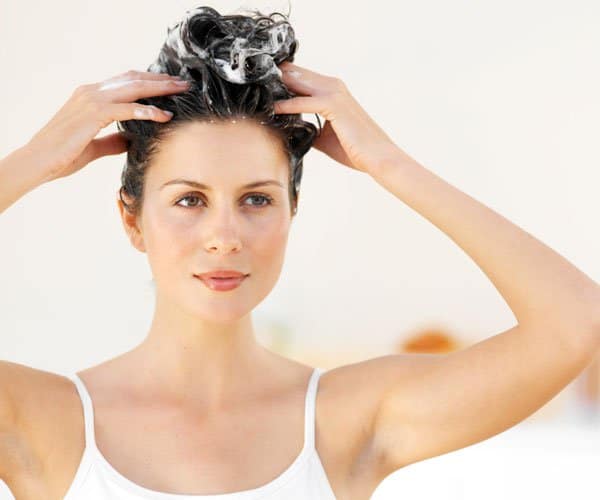5 ways your hair changes as you age
Are you unhappy with the way your hair looks? Has it started to thin? Are you bald or perhaps disappointed that your hair is losing its healthy lustre? If so, you're not alone. As we age, so does our hair, but how does ageing affect hair?
1. Hair turns grey
Getting grey hair is virtually synonymous with ageing and is mainly caused by changes in the pigment-producing cells located at the base of your hair follicles. As the number and concentration of these cells decrease over time, less colour enters your hair as it grows, resulting in it looking grey or white.
2. Hair thinning
Many studies show that hair tends to thin with age and many women experience hair loss after the menopause.
3. Hair becomes frizzy
Many individuals have observed that their hair has become frizzy with age. Researchers suspect that this has to do with changes in the way your body produces hair. As you age, the hair production process becomes less synchronised, resulting in fewer hairs being produced at the same time, increasing the appearance of frizzy hair. A good conditioner, leave-in spray and oil on the ends can play an important role in reducing frizz.
4. Hair becomes less shiny
The shiny appearance of your hair comes from a layer of oil that is deposited on the hairs as they grow. Lipid production in the body decreases as we age, resulting in hair that looks significantly less shiny.
5. Hair becomes more fragile
Bonds in the hair shafts weaken with age, often resulting in more hair breaking off. To reduce damage to your hair, consider using a comb with wide teeth to reduce stretching the hair strands while brushing and combing it.






